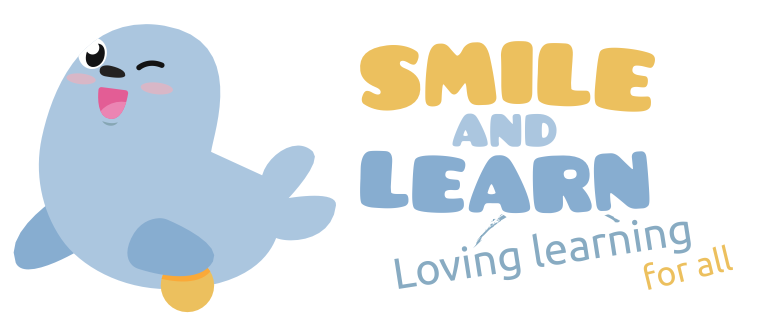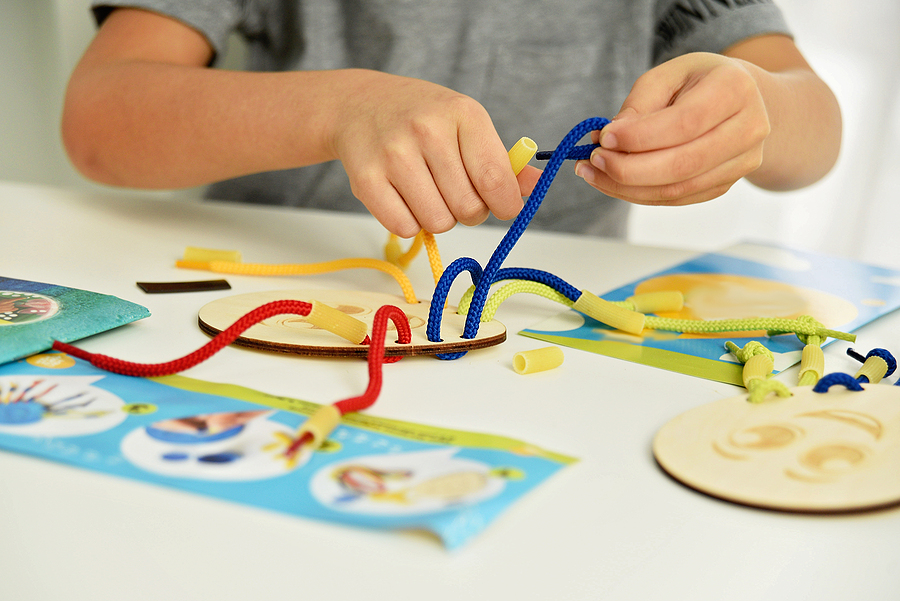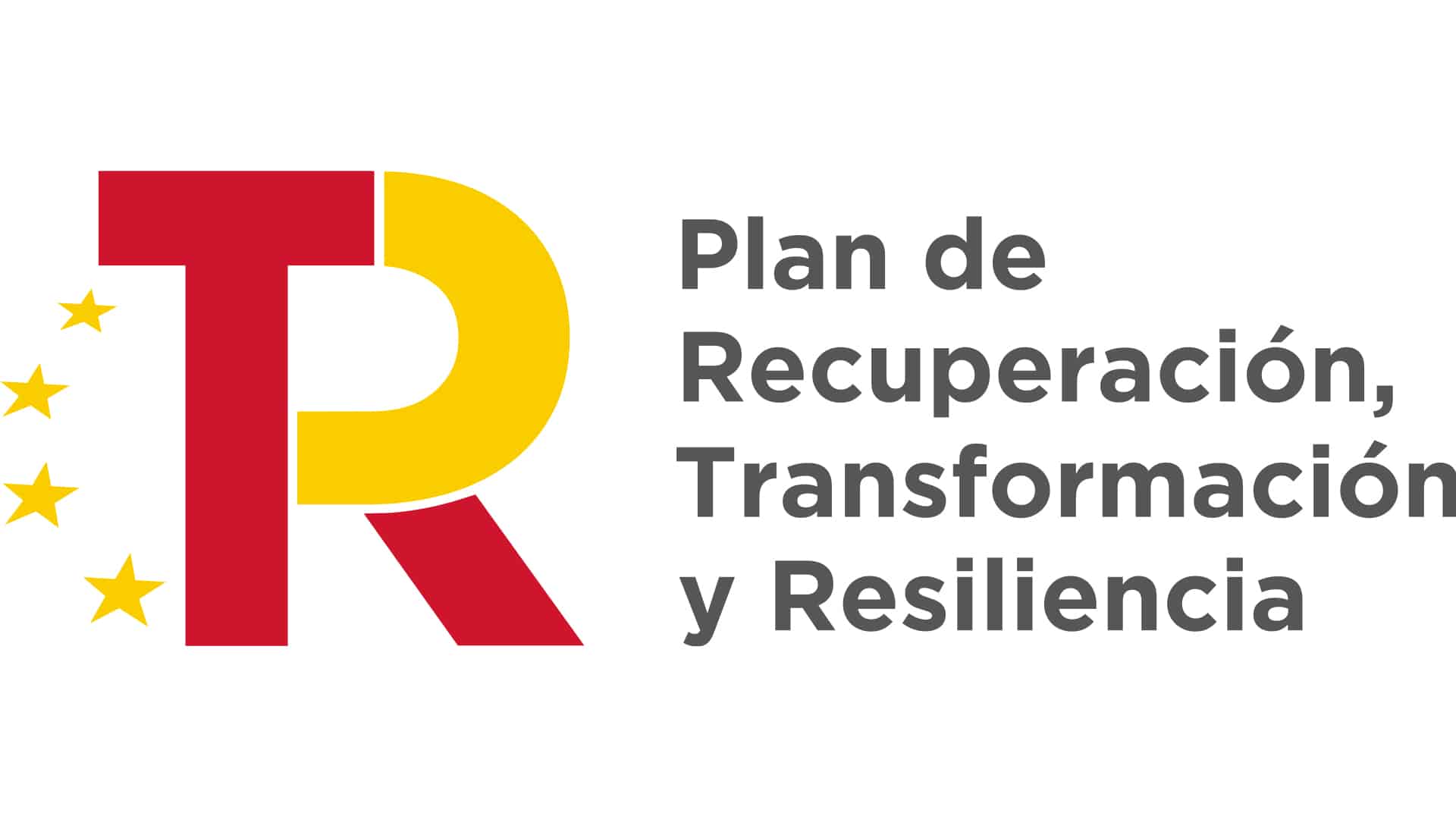Teaching children how to tell the time is a fundamental skill in elementary school. Not only does it help develop an understanding of time and daily routines, but it also provides a solid foundation for future math and time management lessons. In this article we will explore various strategies and resources for teaching time in an effective and fun way.
The ability to tell time is essential to daily life. From following a school schedule to understanding play and rest time, children must learn to manage their time. In addition, understanding the concept of time helps them develop math skills, such as addition and subtraction, and improve their sense of punctuality and responsibility.
Strategies for teaching how to tell time
1. Use analog and digital clocks
It is important to introduce students to the concept of time using both analog and digital clocks. To do this, we should explain the differences and similarities between the two. In an age where students have contact from an early age with digital clocks, analog clocks, with their hour and minute hands, may be more difficult to understand at first, but they are essential for a complete understanding of time.
On Smile and Learn’s YouTube channel you can find videos to help you teach the concept of hours and how to read analog clocks:
2. Hands-on activities
A fun way to learn how to read time on analog clocks is to use toy clocks or manipulatives and for children to practice moving the hands. Ask students to set certain times on an analog clock and then match them to a digital clock. These types of hands-on activities reinforce learning through interaction and repetition.
3. Make it a part of daily routines
Incorporate telling time into your daily classroom routine. Ask students to signal when it is time to change activities or estimate how long it will take to complete a task. This helps contextualize learning and helps them see the relevance of time in daily life.
4. Stories and songs
Using stories and songs related to telling the time can help children remember and understand the concept of time in a more engaging way. Songs with repetitive lyrics about time can be particularly helpful for younger children.
5. Educational games and apps
There are numerous games and apps designed to teach children to tell time. Interactive resources can make learning more engaging and entertaining.
In the Math World of Smile and Learn you can find different activities to learn how to tell time in an interactive and dynamic way, both with analog and digital clocks.
Teaching children to tell time can be a challenge, but with the right strategies and resources, it is possible to turn this essential skill into a fun and educational experience. Through hands-on activities, interactive games and making it a part of daily routines, children can learn to manage their time effectively, setting them up for a successful future.
If you haven’t tried our educational platform yet, you can do so for free by filling out the form below.
















